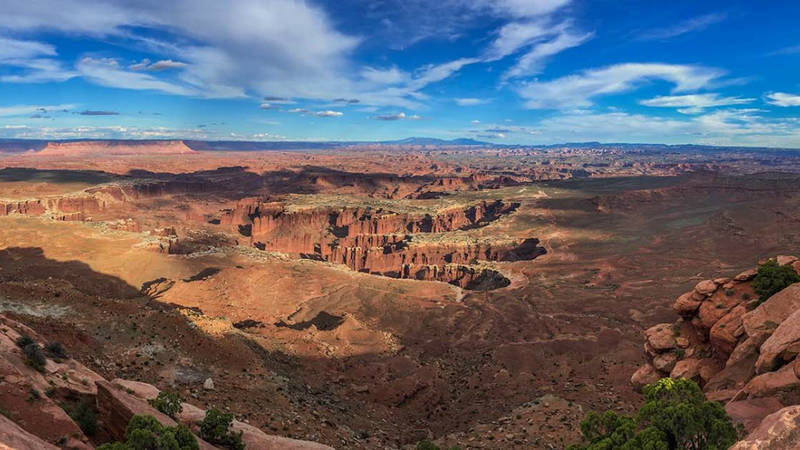New Standards Will Help Shield Parks from Certain Impacts of Oil, Natural Gas Development on Nearby Public Lands
WASHINGTON – The Obama Administration’s updated rules for hydraulic fracturing, or “fracking,” on public lands will help protect some national parks and other landscapes from the impacts of growing oil and natural gas development, the National Parks Conservation Association said today.
The Bureau of Land Management’s (BLM) finalized standards, which only apply to lands owned by the federal government or Native American tribes, update requirements for well integrity, the disclosure of chemicals used in fracking fluid, and the treatment and disposal of contaminated fracking wastewater.
Below is a statement by Nicholas Lund, manager of the National Parks Conservation Association’s Landscape Conservation Program:
“Today’s rules are long-overdue updates to help ensure that national parks and their adjacent landscapes aren’t contaminated by fracking fluids on nearby public lands. We’re especially pleased the rules require contaminated fracking wastewater be stored in above-ground tanks to limit the possibility of it spilling into nearby waters, including those that flow into our national parks.
“However, it is critical to remember that oil and gas development impacts national park landscapes in a number of ways that are not addressed in these rules. Air pollution from production wells and associated infrastructure can impair visitor health and park visibility. Growing networks of well pads, roads, and pipelines fragment landscapes and inhibit wildlife mobility in and out of parks, and mar visitors’ experiences.
“If the Obama Administration and Congress want to actually protect our national parks from impacts of fracking, they must address the totality of them. Forthcoming rules on methane emissions, along with Master Leasing Plans and other BLM planning processes, can help forge appropriate balances between recreation, conservation and development near our treasured landscapes. The BLM fracking rules are a good step, but just a first step towards ensuring national parks are not harmed.”
Background: Fracking is responsible for 90 percent of domestic oil and gas production, with thousands of wells popping up across the country, including at the doorsteps of many national parks. This encroaching development is already presenting serious challenges to protecting the air quality, water resources, and wildlife of America’s most pristine lands.
In Glacier National Park, where numerous exploratory wells lay just across the park’s eastern boundary, increased risk of water pollution and the vast amounts of water needed for fracking imperil the already endangered bull trout. Oil rigs are visible from several parts of the Theodore Roosevelt National Park – and natural gas flaring has punctured what was once one of the darkest night skies in the entire park system. Evidence suggests that the concentrated drilling operations in the Pinedale area south of Grand Teton National Park are associated with regional ozone problems in Grand Teton’s gateway, with pollution recorded at levels that cause respiratory problems.
In a 2013 report, NPCA recommended several steps federal regulators should take to ensure expanded domestic energy production does not adversely impact national park wildlife, park visitors’ experience, or park visitors’ health. They include having the BLM designate the National Park Service (NPS) as a cooperating agency so it can have a greater role in assessing the environmental impacts of potential new development and having federal agencies work collaboratively with NPS to expand groundwater and monitoring inside parks.
Learn more about fracking’s growing impact on national parks.
###
About National Parks Conservation Association
Since 1919, the nonpartisan National Parks Conservation Association (NPCA) has been the leading voice in safeguarding our national parks. NPCA and its more than one million members and supporters work together to protect and preserve our nation’s natural, historical, and cultural heritage for future generations. For more information, visit www.npca.org.


